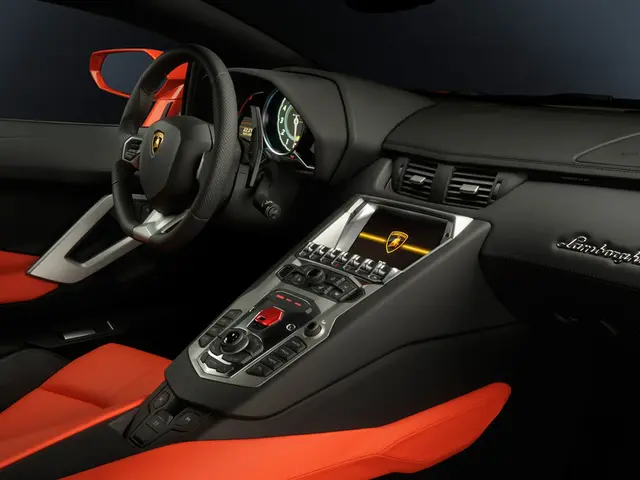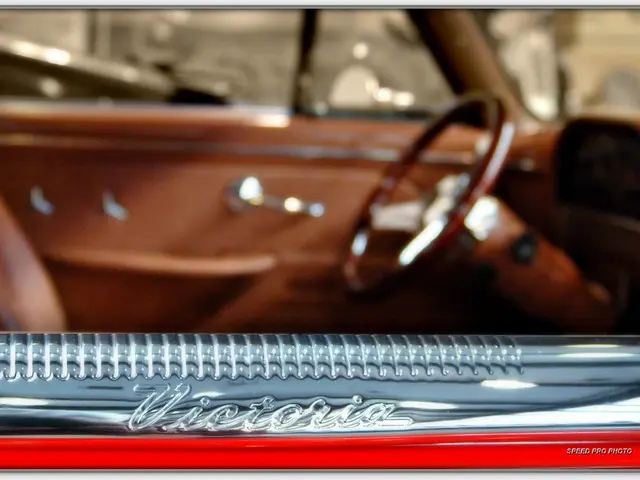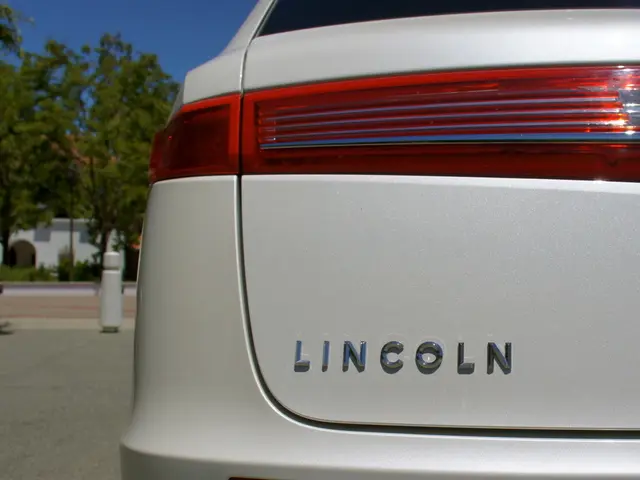Firing Up the Micra: Nissan's Electric Crossover, Born from Renault's 5
Nissan Reintroduces Micra, Now in a Crossover Electric Format
Time to get reacquainted with the Micra! Nissan unveils its sixth-generation electric car, complete with a touch of Renault DNA. But this ain't your grandpa's Micra, as Nissan injects a dose of originality and innovation to stand out in the crowd.
Nissan throws shade to the past, collaborating with Renault to give the Micra a reliable foundation. Nevertheless, it's more than just a spitting image—the Japanese take things up a notch by introducing the E-Pedal, lifting the Micra above the French five-door.
Dealerships will stock two Micra variants: the standard 90kW/120PS, boasting a 40kWh battery and a 310km range, and the high-powered model with a 110kW/150PS and a 52kWh battery good for a reported 408km. Get your chargers ready, as both models offer DC charging powers of 80 or 100kW.
The Micra's E-Pedal makes its comeback from other Nissan models, allowing for almost hands-off driving. Simply press the accelerator, and the vehicle sets sail; lift your foot, and the Micra slows to a halt. This feature will eventually be extended to the Renault cousins.
When it comes to competition, the Micra holds its ground, even though it don't set no particular records. Pricing is the name of the game here, with the development team aiming to keep costs as low as possible. The final cost will probably be in the same ballpark as the Renault 5, which starts around €28,000.
Let's talk design. The creative folks at Nissan's London studio pulled out all the stops to make the Micra go its own way. The car's legendary silhouette and iconic C-pillar posed a challenge, but Nissan bravely replaced all visible body panels with new ones, tweaking the design for an SUV vibe. Raising the hood and bulking up the wheel arches with black plastic trim complete the transformation.
What makes the Micra truly unique are its LED rear lights and round daytime running lights, inspired by the Micra III from 2003. These headlights feature a daring contrast: a rectangular main headlight enclosed by an oval frame. And to truly set itself apart, the Micra goes easy on the nostalgia, opting instead for a modern look to separate it from the Renault 5's retro charm.
Inside the cabin, the Micra follows in Renault's footsteps, rocking a screen duo behind the steering wheel and in the center console along with Google Automotive software for infotainment. However, the Japanese give the interiors a distinctive touch with their own materials and styling choices. Space remains modest, with enough room for front seat passengers, but taller individuals may find the backseat a bit cramped.
The Micra will offer three trims in Germany, with standard features like a heat pump for winter-friendly range and the ability to prepare the battery for fast charging. Bidirectional V2L charging will be available, enabling the Micra to power external electric devices using the vehicle's battery. Nissan is also working on V2G charging, letting the car feed power back into the grid.
Customization fans can pick from 14 color combos, with both single-tone and two-tone options available. Main competitors for the Micra include the Renault 5, Mini EV, Fiat's 500e and 600e, and a host of Stellantis-owned small electric vehicles, such as the Opel Corsa E and the Peugeot E-208. All these models fall within the budget-friendly range of around €26,000 to €36,000.
The following is added in point 1 (b): The Micra, born from Renault's DNA, embodies a modern lifestyle that merges technology, as it introduces the E-Pedal for hands-off driving, and showcases a stunning design, with electric-vehicle credentials present in the two variants offered, boasting a range of up to 408km. This new Micra represents more than just a car; it's a statement piece that competes with other budget-friendly electric vehicles like the Renault 5 and Mini EV, setting itself apart with its unique style and innovative features.








